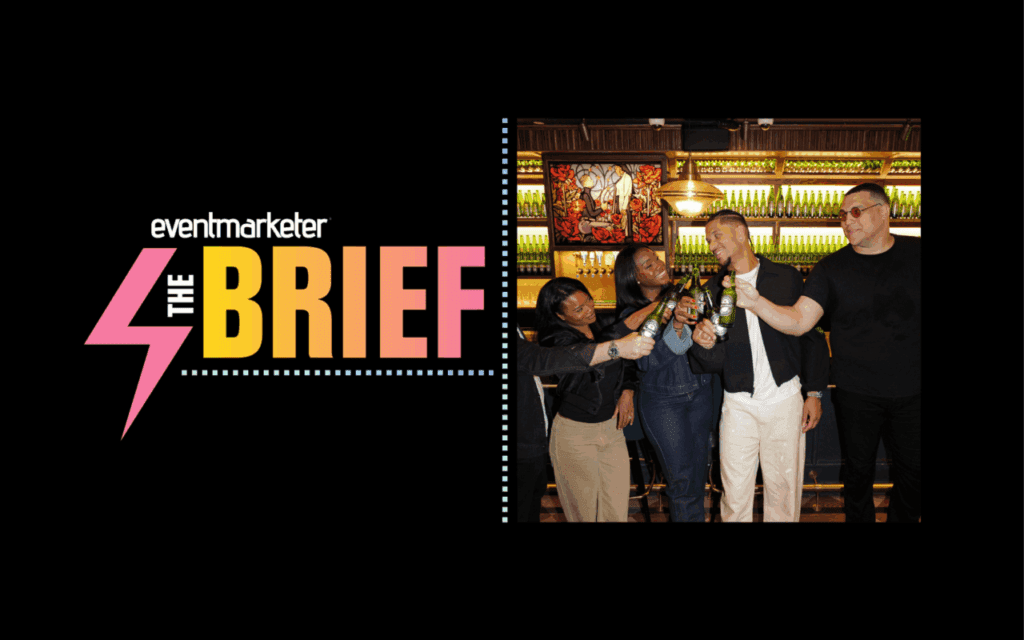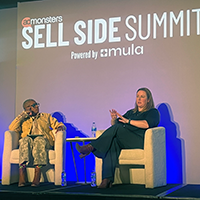For every loyalty program a marketer can conceive, there is a fraudster working to find ways to take advantage of it. From rebates to collect-and-win games to the gifting of gift cards as incentive prizes, marketers have to stay one step ahead of swindlers looking to walk off with a free gift or some cash.
 |
| Larry Berney |
Larry Berney, chief operating officer at Don Jagoda Associates, Inc., a full-service sales promotion agency that specializes in sweepstakes, contests and games and incentive and loyalty programs, talked with PROMO P&I about some of the fraud the firm has encountered recently and the steps it implemented to prevent it.
PROMO P&I: There is a tremendous amount of fraud in rebates, what types of problems are you seeing?
BERNEY: With the advancements of digital photography, color copy machines and the sophistication with which people have the ability to manipulate documents it has made it tougher to detect fraud. People are getting more sophisticated with the ability to recreate receipts and UPC codes [to submit for rebates]. They actually can go buy cash registers and recreate UPC codes. The [scammer] will go to Staples or Office Max and tear off the rebate offer and then staple on these bogus receipts and UPC codes and then wait for the checks to start rolling in. To the untrained eye, it appears that the person actually purchased the product when they submit the documents for a rebate.
PROMO P&I: How can marketers prevent this type of fraud?
BERNEY: The problem with catching these people is the cost of verifying it, to actually go to the trouble of making sure that these are copies and not originals. If you’re giving away a $1 or $2 rebate, some clients feel it’s probably not worth the time and effort to go and track down these crooks, however, with higher-end rebates we’ll ask the consumer to provide the serial number on the actual product. In that case, we can check the serial number against the serial number supplied by the manufacturer and if they don’t match obviously we reject the claim.
PROMO P&I: Any other types of problems with rebates?
BERNEY: As people are becoming more sophisticated they are actually tampering with the checks as well. For example, let’s say you send someone a check for $20. They will take their typewriter and put an extra zero on the $20 and make it $200. More sophisticated [fraudsters] must have the software to actually recreate the check with the proper routing number and the proper look and color of the check and they are able to put any amount on the check.
PROMO P&I: How do you counteract this problem?
BERNEY: We send our bank a list of all the checks, check numbers and amounts that we send out to consumers so they can match the checks coming in to that list. If the numbers don’t match they reject that check as a fraudulent check. It’s a costly process to do this matching, but these are some of the steps we have to go through to make sure that we’re covered. You can also include on the check that the check is not good for more than a certain amount, say $20. So, if we know that all our rebates are $20 we’ll put on the check ‘This check can’t be good for more than $20. So, if someone were to put in an extra zero, it could get rejected when they hand it to the teller.
PROMO P&I: What are you seeing with regard to other types of loyalty programs?
BERNEY: You’ve seen the type of loyalty program where you go to Starbucks and they give you a card and every time you buy something they punch your card. After you have your card punched 10 times you can get a free cup of coffee or something like that. There’s been increased fraud with those now because people are sophisticated enough to be able to match the punches the store is using, fraudulently punching them out and then claiming their free item. This is petty theft, so there’s not much you can do about it because you don’t want to confront your supposedly loyal consumer and say, ‘Hey, wait a minute, I don’t remember you being here 10 times.’ So, before you enter into a program like that you have to understand and let your clients know that there’s a potential for more redemption than they anticipated due to some fraud.
PROMO P&I: What about other types of scams are out there?
BERNEY: In a collect-and-win game on a beverage bottle, participants had to collect a number of letters or words to spell out a word or phrase, with one letter being a “rare” find. The principal behind it is to encourage the consumers to keep buying the product until they have collected the entire phrase. What we’ve seen happen is people will tamper with the beverage cap where the message is. Usually the message is inkjeted on the bottom of the cap and then a liner is put over the message. People will remove the plastic liner and get to the actual layer where the print is and erase the message. In its place they will put the rare letter.
PROMO P&I: Is this affecting the outcome of the true winner?
BERNEY: Obviously you have the legitimate winner and you don’t want to hurt him, you want to give him the prize. There are a couple of methods that we utilize; one is on any rare cap there’s a certain secret code put on so if that code is not on the cap we know it’s been tampered with. The other precaution that’s taken is when the claim comes in. When we get an envelope with all the caps that spell out the word we will not open that envelope unless there’s at least two people present and we have a video camera recording the event. We can say this looks like a winner or we suspect fraud and this needs further investigation. We do all that because someone who did commit fraud could claim they sent in the legitimate winning caps and that we switched it.
PROMO P&I: How often do you find fraudulent tactics being used in loyalty programs?
BERNEY: There’s always going to be a few instances of fraud on any of these types of programs. Some of them are just really blatant, like they’ve taken a piece of paper and just glued it to the cap, but some of them are more professional where they actually somehow inkjet it right onto the bottom of the cap so it’s a pretty good job. A lot of its done by teenagers and they may do it as a joke and they tell their parents that they’ve won and then when we reject the cap the parents get upset.
PROMO P&I: Gift cards are becoming more widely used as incentive rewards and prizes, are there any challenges here?
BERNEY: We’ve experienced a couple of problems where an envelope of gift cards has been stolen in the mail or when left by a courier service. Many courier services have a policy of not insuring gift cards because they consider the cards cash and they can’t insure cash. Gift cards usually have to be activated so what we’ve done is send in the mail cards that aren’t yet activated with instructions to call us when the consumer gets them and then we’ll activate them. So if they get stolen in the mail, the thief is only stealing inactive cards and will not be able to activate them. The same thing with the delivery of prizes. Let’s say you’re sending a TV or stereo system as an incentive award. On occasion UPS or Fed Ex leaves prizes at the back door because the recipient isn’t home and sure enough two weeks later the consumer calls up and says, ‘I never got my prize’. You go back to the courier service and you track it and you find out that the driver left it at the door. So who’s lying? Is it the consumer? Is it the courier service? Or did someone actually come around the back door and take the item? So what we usually insist on is getting a required signature and if you’re not home, they’ll take it back and try again to deliver the next day. Of course they charge for that service, so if you’re giving out a prize that’s worth $10 or $20 do you really want to pay that extra money for that service or do you want to take the risk that maybe some of them will be stolen? Obviously, as the prize gets in greater value you’d probably want to provide for that signature service to get around that issue of a fraud or theft.
PROMO P&I: Are these persistent problems with fraud in loyalty programs causing marketers to shy away from conducting these types of programs?
BERNEY: Absolutely not, a well planned and executed loyalty program pays for itself. I don’t think fraud hasn’t risen to the level that it would deter a sponsor from sponsoring a program. But it’s incumbent upon the agency to explain the risks to the sponsor so that they go in with their eyes open. So that they understand that there may be additional costs involved to help fight this, but that it’s not significant enough that it overcomes the benefit of running the program in the first place. The good news is that the majority of people are not criminals, they do abide by the rules and the sponsor benefits from that.





